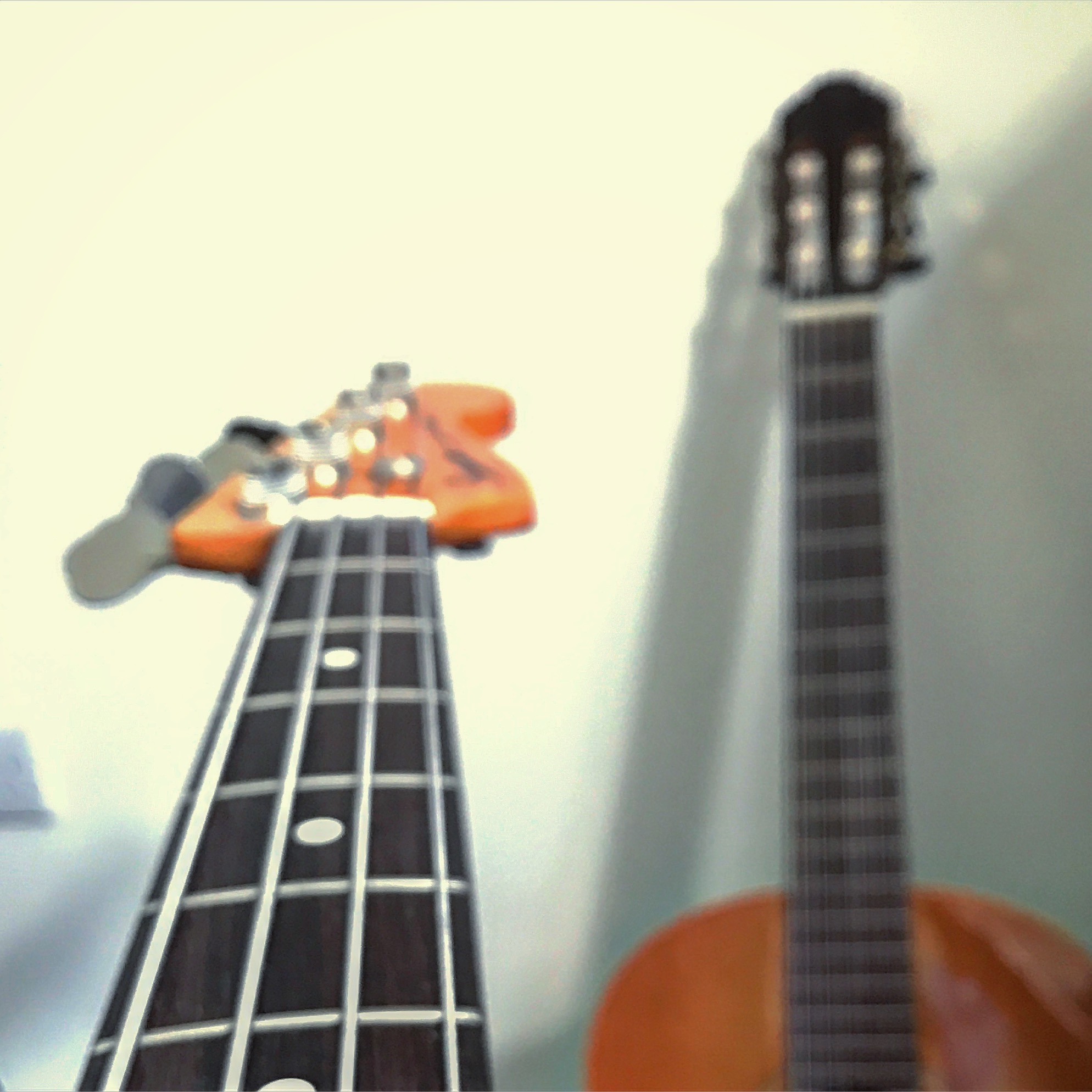Strings
Choosing the right set of strings is very much down to personal preference so it is always a good idea to try out different brands to see what you prefer. To get you started, here are some of my recommended strings. The Music Dept. has a wide selection of strings and are happy to advise you on the best ones to get.
string tension
The numbers next to the recommended strings (10-46, 12-53 etc) refer to the thicknesses of the strings measured in inches:
High E string '10' - 0.01 inches (0.2540mm)
B string '13' - 0.013 inches (0.3302mm)
G string '17' - 0.017 inches (0.4318mm)
D string '26' - 0.026 inches (0.6604mm)
A string '36' - 0.036 inches (0.9144mm)
Low E string '46' - 0.046 inches (1.1684mm)
The measurements above are for medium-light strings. You can buy thicker strings and you do get a fuller tone using thicker strings, the downsides are they have to be tuned up tighter meaning they put more pressure on your guitar's neck which may bend, resulting in a higher action, and they require a lot more finger strength to play.
If you want to try using thicker strings on your guitar, bare in mind that it may have to be re-set-up at a guitar shop to get it to play correctly as the bridge and truss rod would need adjusting to deal with the extra tension.
questions? click here to see the string faqs
If you would like to learn more about strings, such as how a string is made, the types of materials that are used, and why certain metals best suit different guitars, Beginner Guitar HQ have written an excellent guide on guitar strings. This article is an extremely thorough and fascinating read. It will certainly fully prepare you for any future guitar string purchases.
Types of guitar strings - a definitive guide
electric guitar strings
Ernie Ball Regular Slinky (regular 10-46) (approx. £6) click here for full specs
Ernie Ball Stainless Steel (regular 10-46) (approx. £7) click here for full specs
D'Addario NYXL Nickel Plated (regular 10-46) (approx. £12) click here for full specs
Cleartone Treated Nickel Plated (light 10-46) (approx. £12) click here for full specs
Elixir Optiweb Nickel Plated (light 10-46) (approx. £12) click here for full specs
Ernie Ball Cobolt Slinky (regular 10-46) (approx. £12) click here for full specs
acoustic guitar strings
Martin 80/20 Bronze (light 12-54) (approx. £5) click here for full specs
D'Addario Phosphor Bronze (light 12-53) (approx. £8) click here for full specs
Ernie Ball Aluminium Bronze (medium Light 12-54) (approx. £9) click here for full specs
Cleartone Treated Phosphor Bronze (light 12-53) (approx. £13) click here for full specs
Elixir Nanoweb Phosphor Bronze (light 12-53) (approx. £16) click here for full specs
Ernie Ball Everlast Phosphor Bronze (light 12-54) (approx. £17) click here for full specs
classical guitar strings
D'Addario Student Classics (normal tension) (approx. £7) click here for full specs
La Bella 2001 Classical (normal tension) (approx. £7) click here for full specs
Galli Genius Crystal (normal tension) (approx. £9) click here for full specs
Philippe Bosset Prestige Classical (normal tension) (approx. £11) click here for full specs
Aquila Alabastro Synthetic Gut (normal tension) (approx. £15) click here for full specs
Savarez Corum (normal tension) (approx. £17) click here for full specs
D'Addario Pro-Arté Carbon (normal tension) (approx. £18) click here for full specs
Bass Guitar Strings
- Please note, all strings show prices and links for 4-string basses
Elites Stadium Stainless Steel (approx. £18) click here for full specs
Rotosound Swing Bass '66 (approx. £19) click here for full specs
Cleartone Nickel Plated EMP Treated (45-105) (approx. £25) click here for full specs
D'Addario FlexSteels (45-105) (approx. £28) click here for full specs
La Bella Deep Talkin' Flatwounds (approx. £36) click here for full specs
DR Fatbeams (45-105) (approx. £38) click here for full specs
DR Dragon Skin (45-105) (approx. £44) click here for full specs


